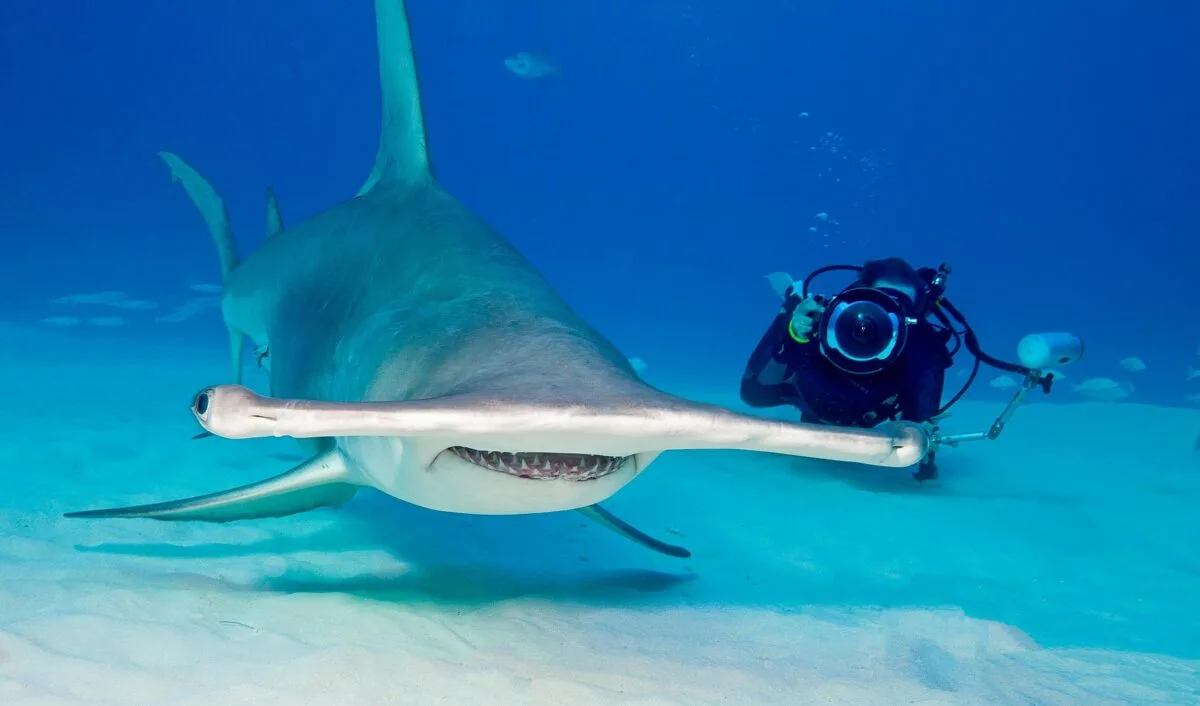Welcome to ‘Animals That Reproduce Asexually’
Our expert-vetted content is grounded in current scientific publications, yet we acknowledge science’s ever-evolving nature. Read our full editorial and disclosure policy.
Introduction
Reproduction stands as one of the most fundamental processes in the life cycle of any organism. It’s the bridge that ensures the survival of species, allowing the transfer of genetic information from one generation to another. Most of us are familiar with the concept of sexual reproduction, a process that necessitates the fusion of male and female gametes, leading to offspring with a mix of genetic traits from both parents. However, nature, with its endless diversity, also presents another mode of reproduction: asexual reproduction.
Asexual reproduction is a method where an organism can generate offspring without the participation of another individual. This results in progeny that are, in most cases, genetically identical to the single parent. Such a mode of reproduction offers a slew of evolutionary advantages. It paves the way for rapid population expansion, as organisms can bypass the often energy-intensive process of seeking and courting a mate.
In stable and favourable environments, producing clones can be benefical, as the parent’s genetic makeup is already tailored to thrive in that specific setting. Moreover, asexual reproduction empowers organisms to swiftly colonize new territories, given that just one individual can lay the foundation for an entirely new population.
In this article on asexual reproduction, we shine a spotlight on twenty remarkable animals that have harnessed this method. These creatures defy conventional mating processes, proving that nature is replete with diverse and ingenious reproductive strategies.
1. Starfish (Sea Stars)
Starfish, commonly referred to as sea stars, are marine invertebrates classified under the Asteroidea class. These organisms are primarily described by their central disc from which multiple arms, usually five or more, radiate. They are found in various marine environments, from shallow tidal pools to deeper ocean floors. Their diverse range includes numerous species, each varying in size, color, and habitat preferences.
A notable reproductive strategy used by starfish is asexual reproduction through fragmentation. This mechanism becomes particularly evident when a starfish experiences external threats. For instance, if a predator attacks a starfish or sustains an injury that results in the loss of an arm, the starfish has the capability to regenerate the missing part. Furthermore, certain conditions and species allow the detached arm itself to develop its own central disc and additional arms, leading to the formation of an entirely new starfish.
2. Hydra
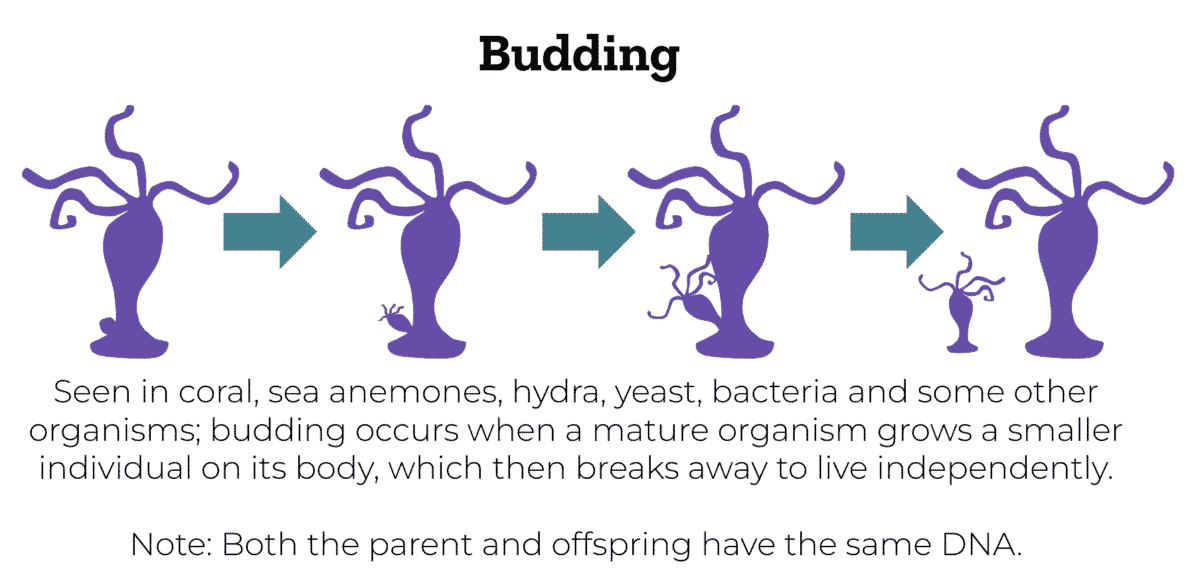
Hydra are minute, freshwater organisms classified under the phylum Cnidaria. They exhibit a simple tubular structure, anchored at one end, with tentacles extending from the opposite end. These tentacles play a crucial role in their survival, as they are equipped with specialized cells called cnidocytes that release toxins to immobilize and capture prey. Found in calm water bodies like ponds and lakes, hydra mainly feed on small aquatic invertebrates.
One of the primary reproductive strategies of hydra is asexual reproduction, specifically through a process termed budding. In this method, a protrusion or “bud” starts to form on the body of the parent hydra. As this bud grows and develops, it eventually reaches a point where it detaches from the parent organism, becoming an independent hydra. This allows for rapid population growth without the need for a mate.
3. Planarian Flatworms
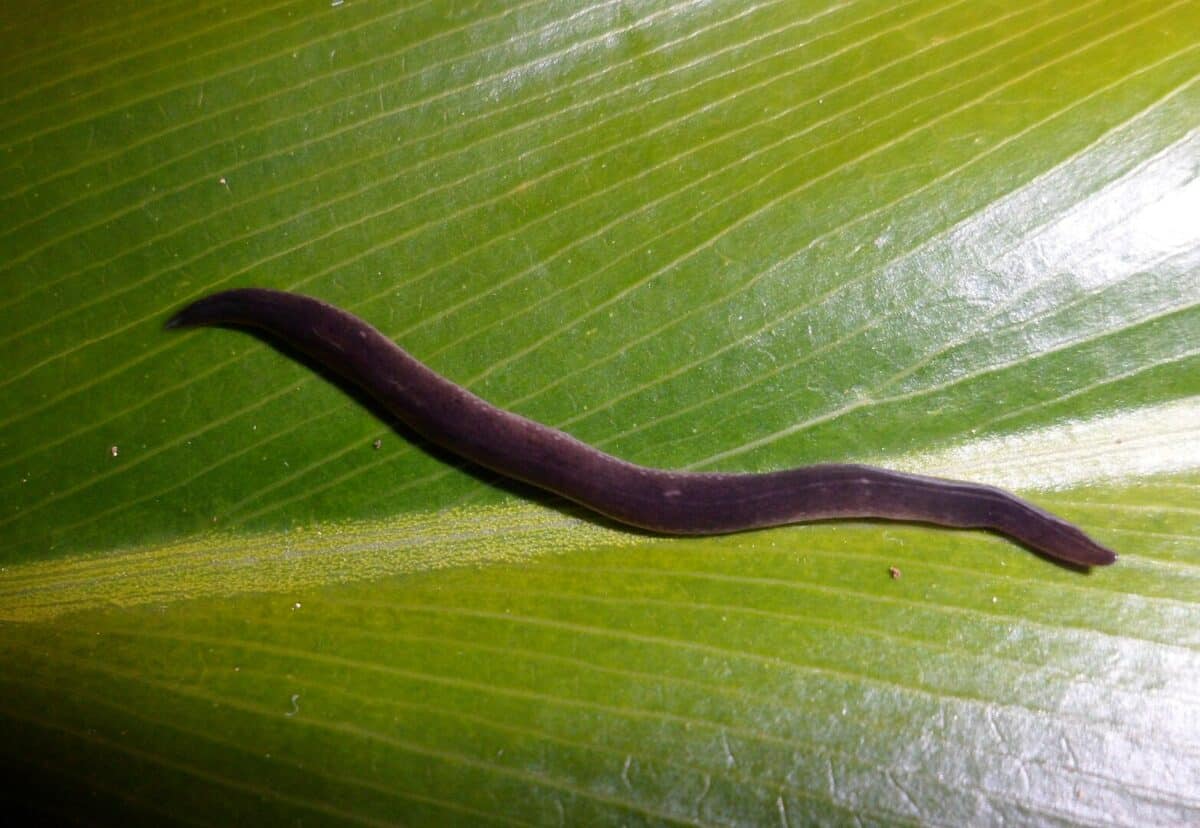
Planarians are a type of flatworm that mainly live in freshwater environments. These organisms are characterized by their flattened, stretched-out bodies and a distinct head region equipped with eyespots. These eyespots, while rudimentary, allow planarians to detect light intensity and direction. Commonly found in ponds, streams, and other calm water bodies, planarians play a role in the aquatic food chain, feeding on smaller microorganisms and organic matter.
A primary mode of reproduction for planarians is asexual reproduction through a process known as fragmentation. In this method, a planarian’s body can be divided, either naturally or through external factors, into multiple segments. Remarkably, each of these segments has the capability to regenerate and develop into a fully functional planarian, complete with all essential organs and structures.
4. Aphids
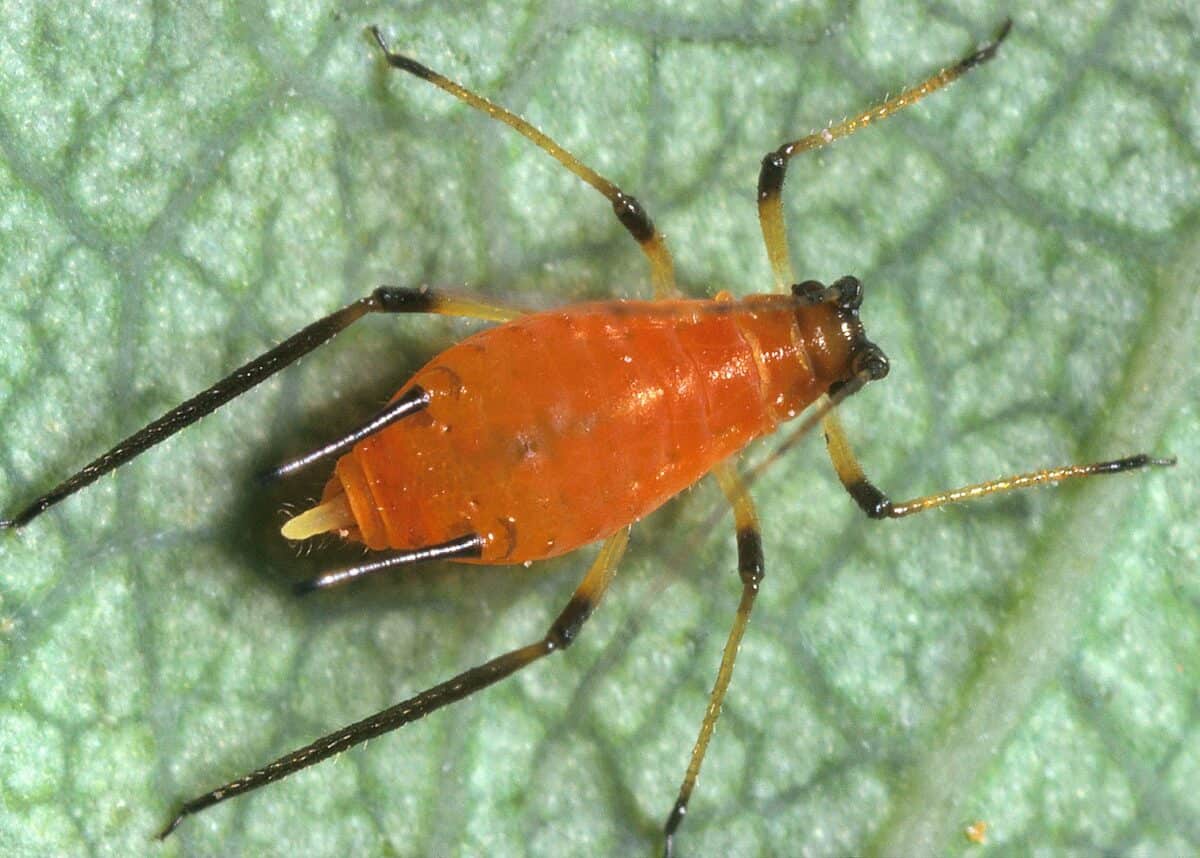
Aphids are diminutive insects known for their sap-sucking behavior. These pests are commonly found on a wide variety of plants, extracting nutrients from plant phloem using their specialized mouthparts. Their presence can lead to stunted plant growth, yellowed leaves, and decreased yields, making them a significant concern for gardeners and farmers alike.
A unique reproductive feature of aphids is their ability to reproduce asexually through a mechanism known as parthenogenesis. In this process, female aphids produce offspring without the need for fertilization by a male. The resulting progeny are genetically identical clones of the mother, allowing for rapid population expansion, especially under favorable conditions.
5. Komodo Dragons
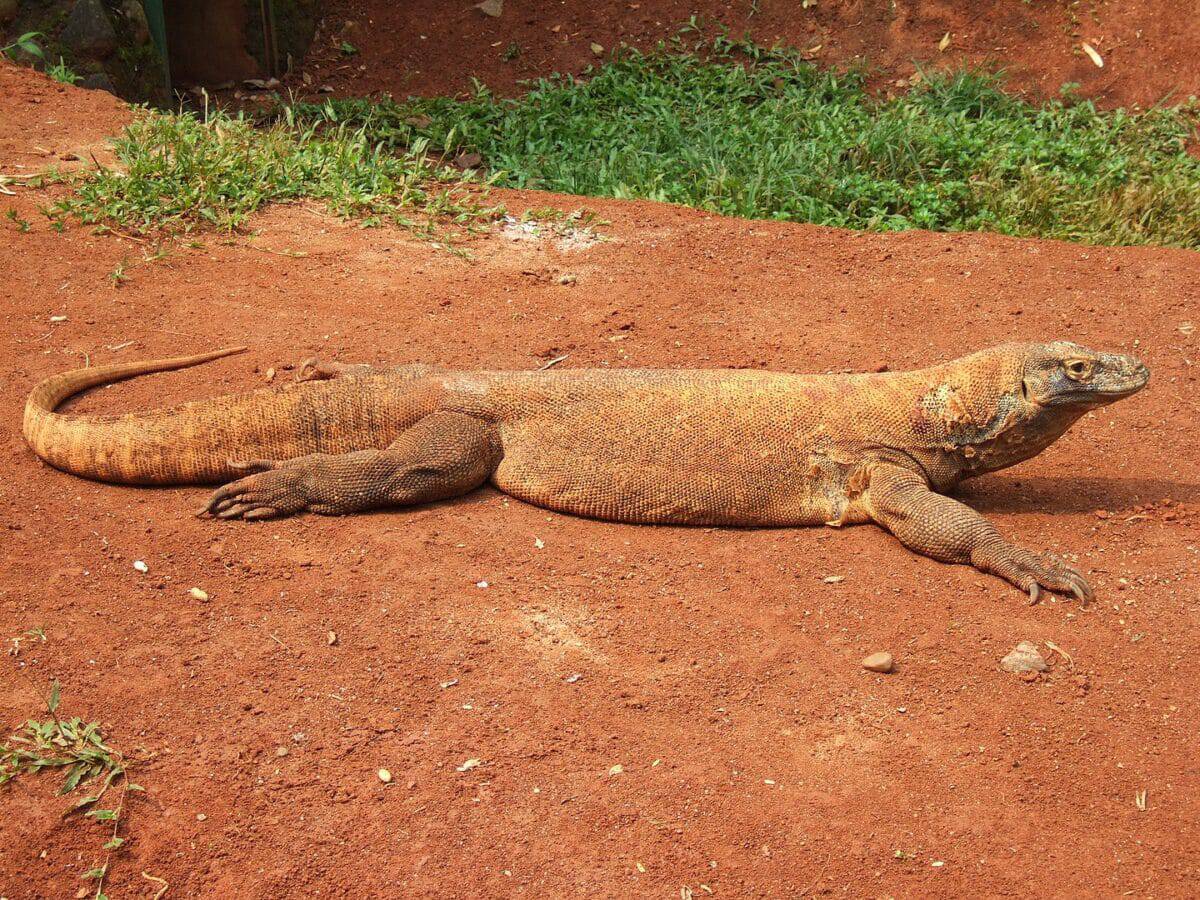
The Komodo dragon stands as the largest extant lizard species, native to a select group of Indonesian islands. These formidable reptiles are characterized by their robust build, sharp claws, and powerful jaws. Their natural habitat ranges from dry open grasslands to tropical rainforests on islands such as Komodo, Rinca, and Flores.
While Komodo dragons predominantly reproduce through sexual means, they possess a fascinating alternative reproductive mechanism. In the absence of males, female Komodo dragons have the capability to reproduce asexually through a process known as parthenogenesis. In this method, eggs are produced without fertilization, leading to offspring that are genetically identical to the mother.
6. Whiptail Lizards
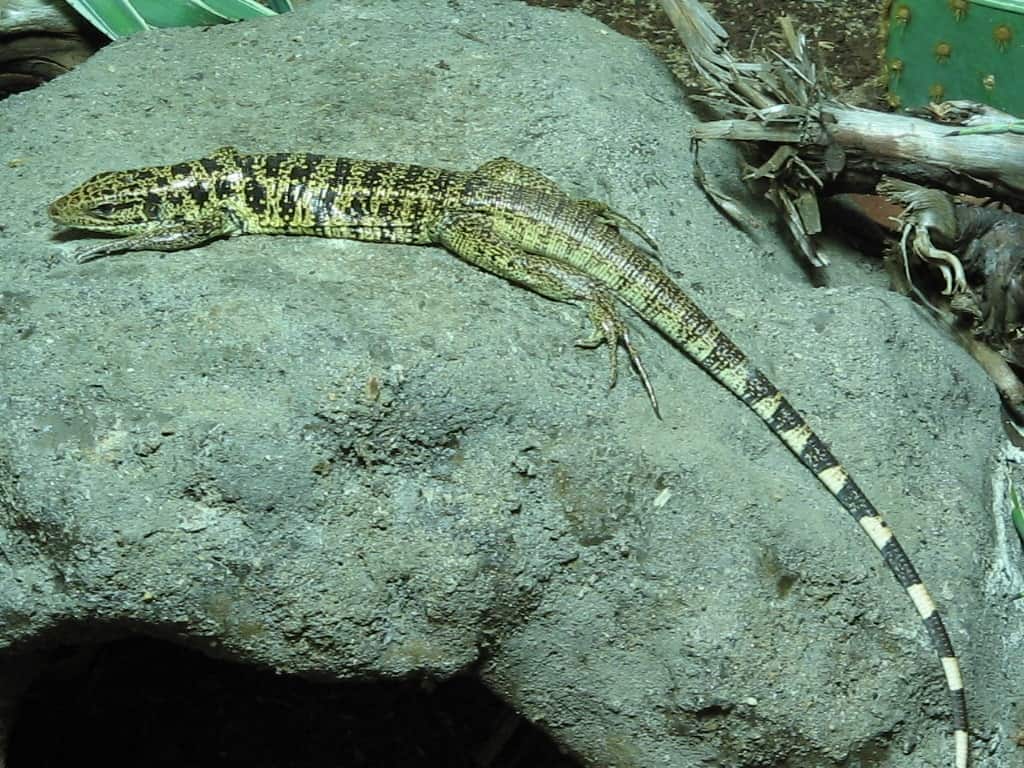
Whiptail lizards are a group of reptiles indigenous to the Americas, easily identifiable by their elongated, whip-like tails. These lizards inhabit a range of environments, from arid deserts to tropical forests, and display a variety of colors and patterns across different species.
Interestingly, certain species of whiptail lizards are composed entirely of females. These species reproduce asexually through a process called parthenogenesis. In this reproductive mode, females produce eggs without the need for fertilization by males, leading to offspring that are genetic clones of the mother.
7. Daphnia (Water Fleas)
Daphnia, commonly referred to as “water fleas,” are minute planktonic crustaceans that inhabit freshwater environments. These organisms are a vital component of aquatic ecosystems, serving as primary consumers that feed on algae and other microscopic entities, while also being a primary food source for many small fish and other aquatic predators.
Daphnia have a versatile reproductive strategy. Under favorable conditions, such as abundant food and stable environments, Daphnia predominantly reproduce asexually. In this mode, females produce eggs that develop into offspring without the need for fertilization, resulting in progeny that are genetically identical to the parent.
8. Coral
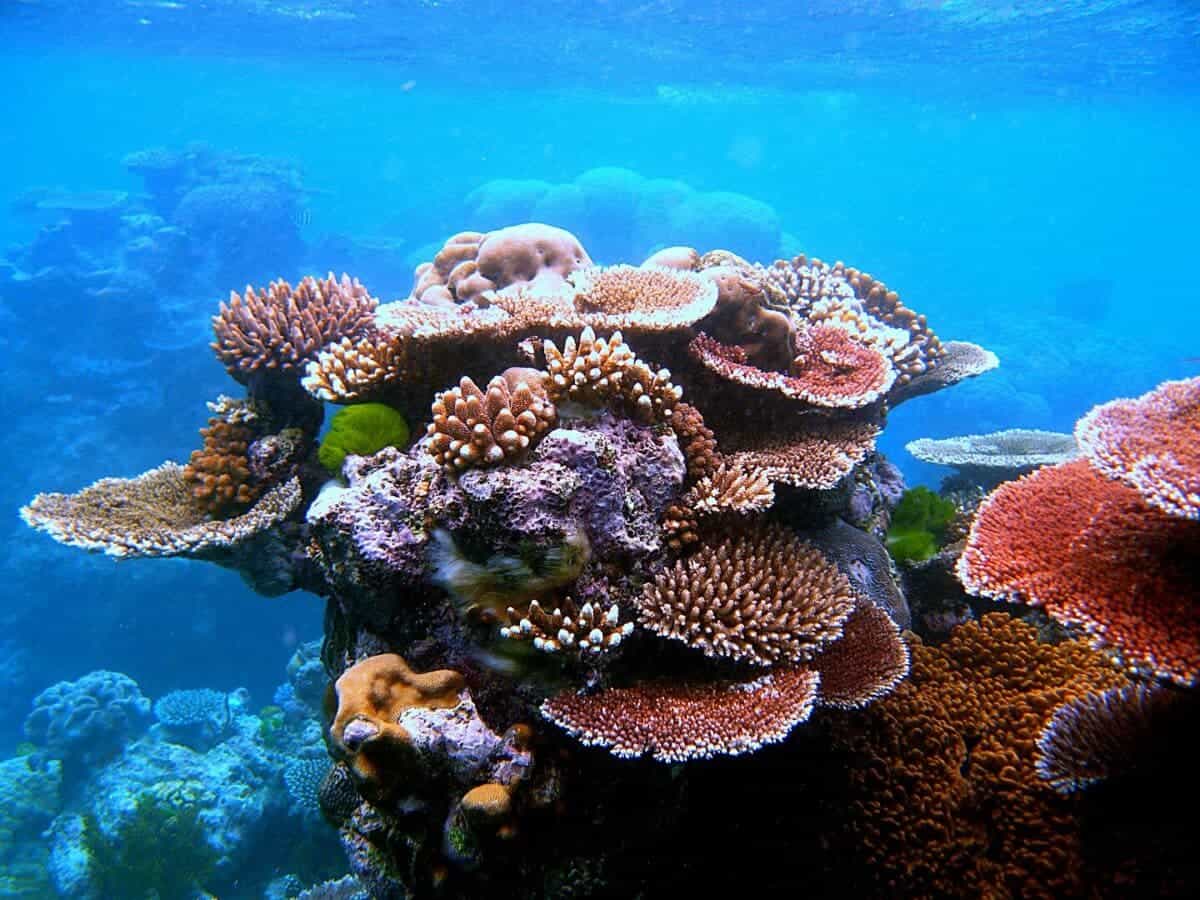
Corals are marine invertebrates that play a foundational role in oceanic ecosystems. These organisms predominantly thrive in warm, shallow waters, creating vast structures known as coral reefs. Composed of numerous individual polyps, these colonies are not only architectural marvels but also biodiversity hotspots, teeming with life.
Corals exhibit a range of reproductive strategies, one of which is asexual reproduction. Under this method, corals can propagate through budding, where new polyps emerge from existing ones, or through fragmentation. In the latter, a piece or fragment of the parent colony detaches, either naturally or due to external factors, and settles in a new location. Over time, this fragment grows and develops into a new coral colony.

9. Sea Anemones

Sea anemones are marine invertebrates that, at first glance, bear a striking resemblance to terrestrial flowers. Anchored to the seafloor, these animals have a cylindrical body that culminates in an array of tentacles encircling their mouth. These tentacles are not just for show; they are equipped with specialized cells that release toxins to capture and immobilize prey.
Sea anemones have a diverse set of reproductive methods, including several asexual mechanisms. They can reproduce through budding, where a smaller replica of the parent emerges from the body and eventually detaches to live independently. Another method is fission, wherein the anemone splits into two or more parts, each growing into a full individual. Additionally, pedal laceration involves small pieces of the anemone’s base breaking off and developing into new anemones over time.
10. Rotifers
Rotifers are minuscule aquatic animals that, despite their size, play a significant role in freshwater ecosystems. One of their defining features is a wheel-like ring of cilia at their anterior end, which they use for locomotion and feeding. This characteristic appearance has earned them the nickname “wheel animals.”
A predominant reproductive strategy among rotifers is asexual reproduction, specifically through a process called parthenogenesis. In this mode, female rotifers produce eggs that develop into new individuals without the need for fertilization. This results in offspring that are genetically identical to the mother, allowing for rapid population growth, especially when environmental conditions are favorable.
11. Bdelloid Rotifers
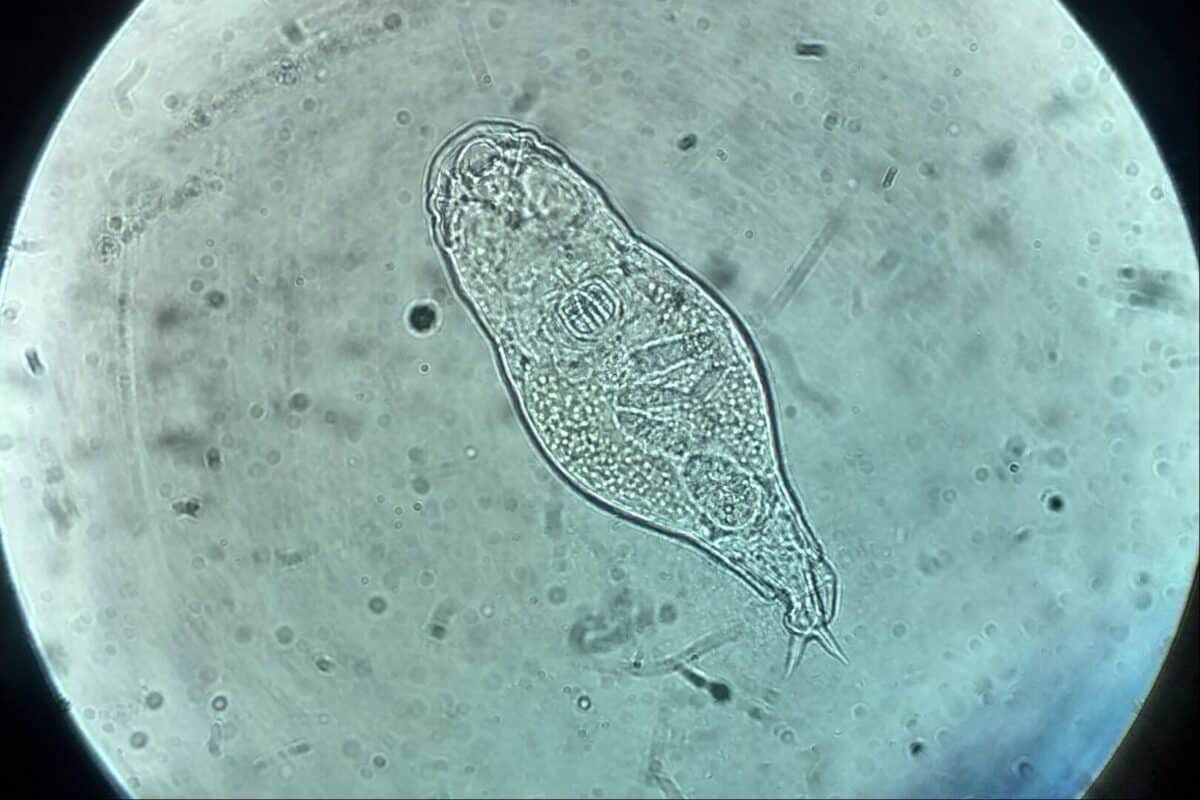
Bdelloid rotifers represent a distinct class within the rotifer phylum, setting themselves apart with some unique characteristics. Notably, these rotifers are recognized for the complete absence of males in their populations. Additionally, they exhibit an impressive resistance to desiccation, allowing them to endure in environments where water availability fluctuates.
Bdelloid rotifers rely solely on asexual reproduction, specifically through a mechanism called parthenogenesis. In this process, females produce eggs that develop into new bdelloid rotifers without undergoing fertilization. This results in offspring that are genetically identical to the parent, ensuring a consistent genetic lineage across generations.
12. Stick Insects
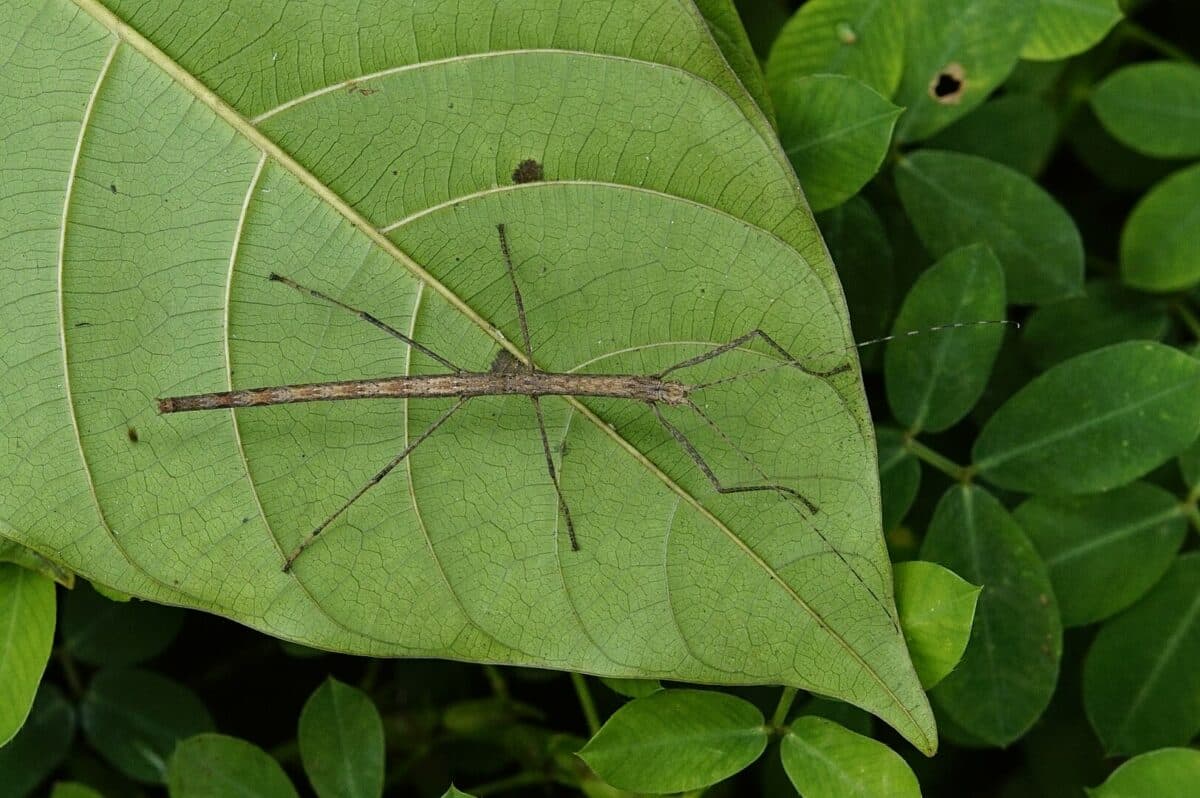
Stick insects, commonly referred to as phasmids, are a group of insects renowned for their remarkable resemblance to twigs, branches, or leaves. This natural mimicry serves as an effective defense mechanism, allowing them to blend seamlessly into their surroundings and evade predators.
While many stick insect species reproduce sexually, certain species have the ability to reproduce asexually through a process called parthenogenesis. In the absence of males, females of these species can produce viable eggs that develop into new stick insects without the need for fertilization. This ensures the continuation of their lineage even in environments where males are scarce or absent.
13. Hammerhead Sharks
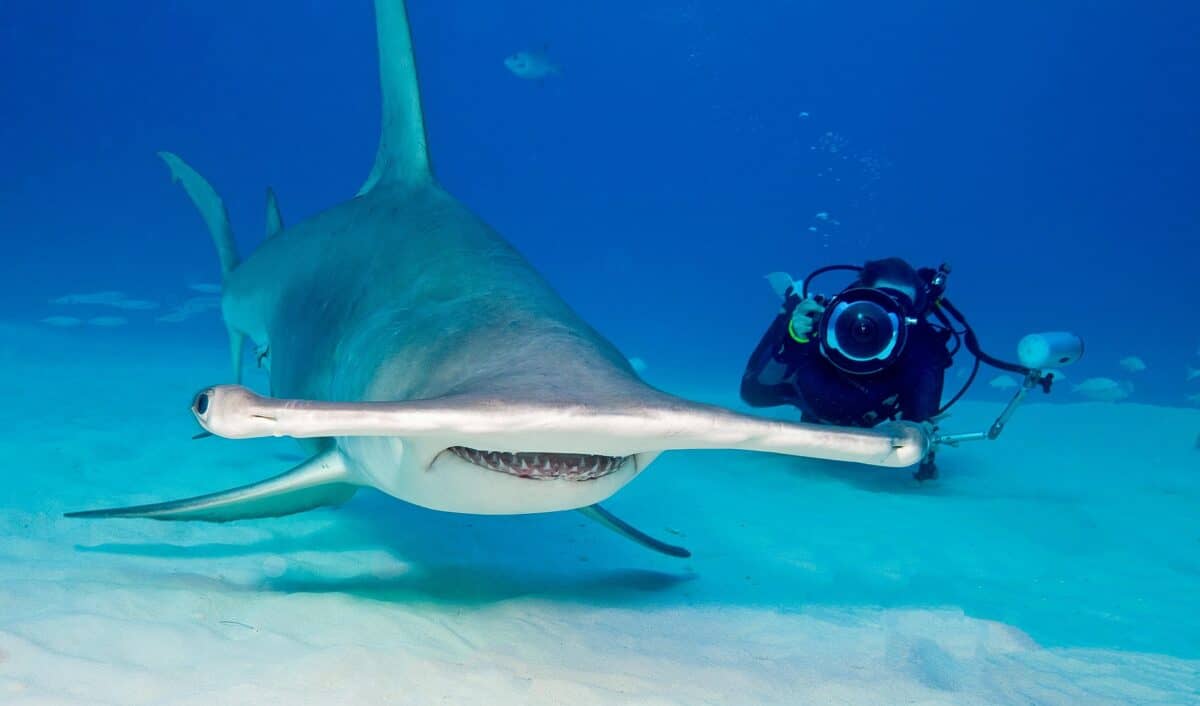
Hammerhead sharks are a distinctive group of sharks, instantly recognizable by their uniquely shaped heads that spread out laterally, resembling a hammer. This unusual head shape is not just for show; it serves specific functional purposes that aid in their predatory lifestyle in the vast oceans.
While hammerhead sharks typically reproduce sexually, there have been rare instances where female hammerhead sharks have exhibited the ability to reproduce asexually. This reproductive method, known as parthenogenesis, allows females to produce offspring without male fertilization. In such cases, the offspring are genetically identical to the mother, ensuring the continuation of the species even in the absence of males.
14. Marbled Crayfish
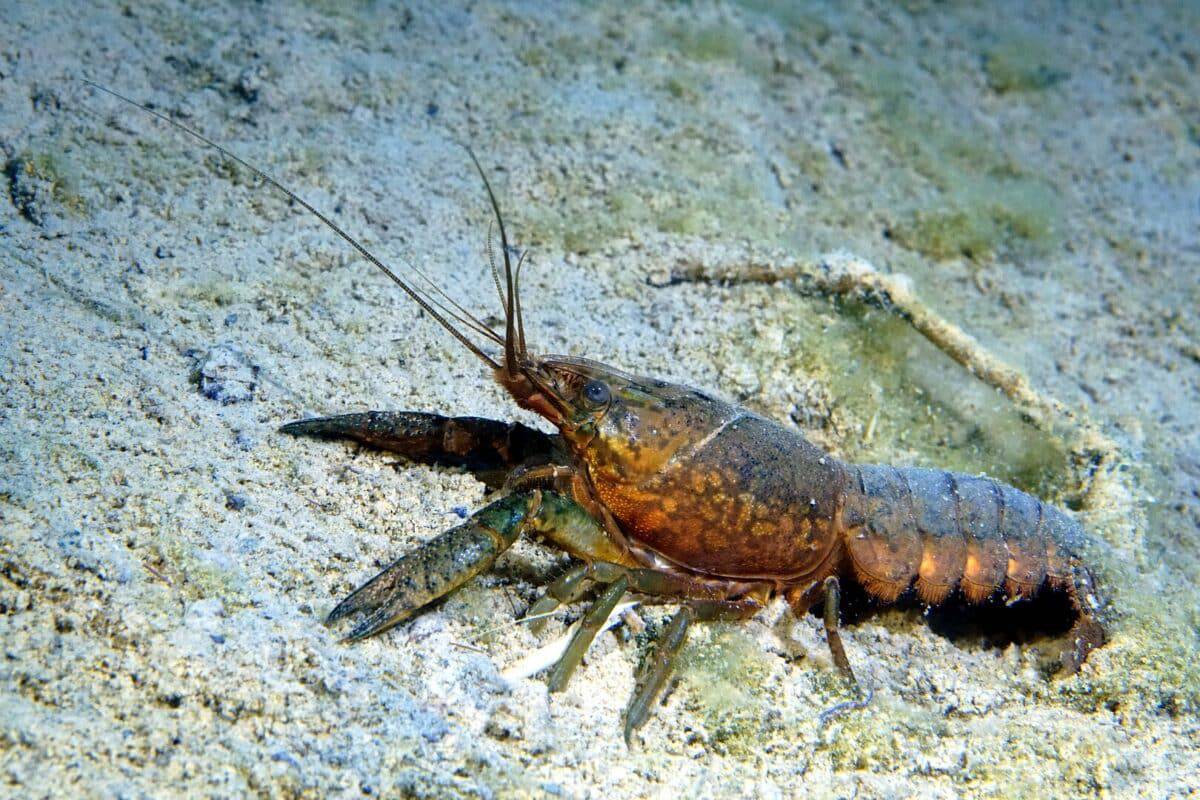
The marbled crayfish is a unique species of freshwater crayfish that traces its origins to a mutation in the slough crayfish. Unlike many other species that have evolved over millennia, the marbled crayfish’s emergence is relatively recent, making it a subject of keen interest among biologists and researchers.
What sets the marbled crayfish apart from many other species is its exclusive mode of reproduction. Every individual marbled crayfish is female, and they reproduce solely through a process called parthenogenesis. This means that these crayfish can produce offspring without the need for fertilization by a male. As a result, the offspring are genetically identical clones of the mother, allowing for rapid population growth.
15. Boa Constrictors
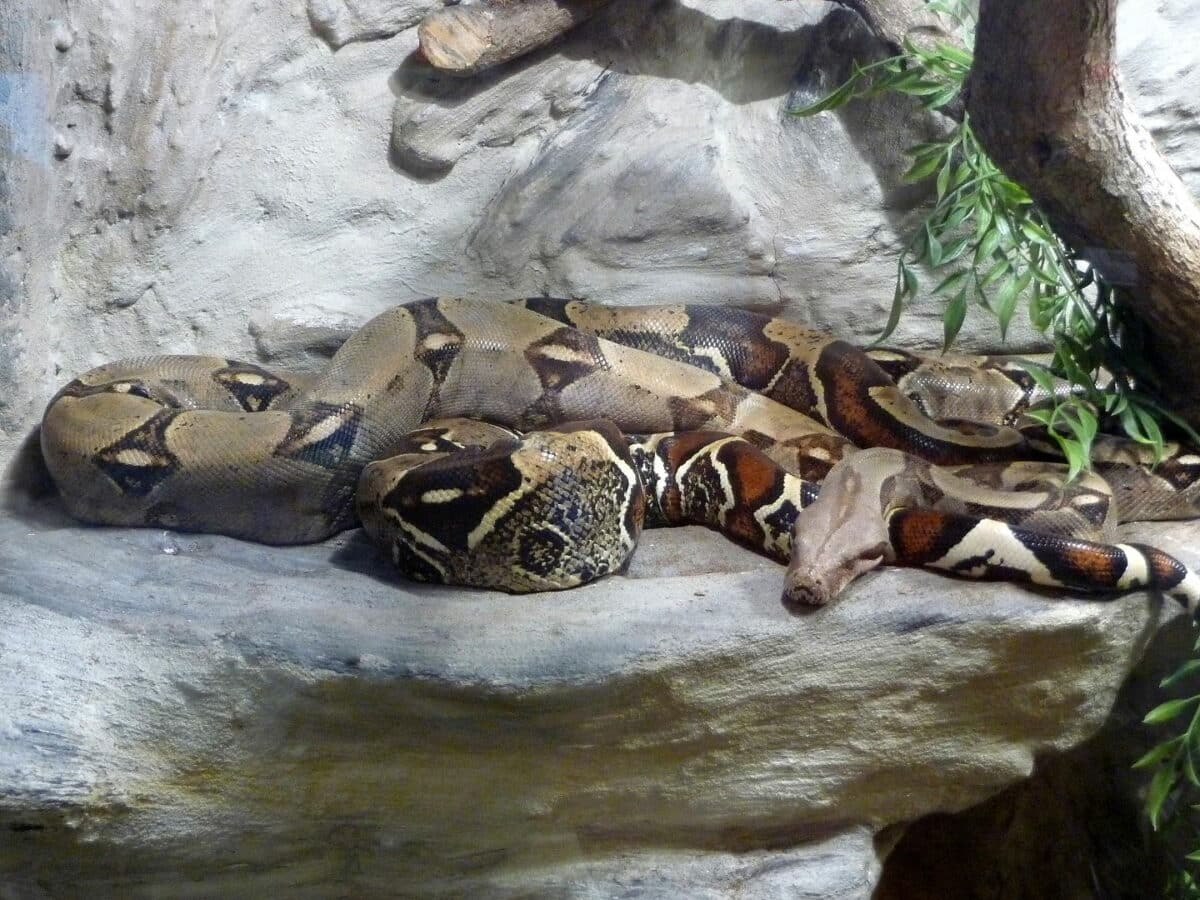
Boa constrictors are formidable snakes native to the Americas. Recognized for their significant size and powerful build, these reptiles inhabit a range of environments, from tropical rainforests to arid deserts, showcasing their adaptability across diverse habitats.
While boa constrictors predominantly reproduce sexually, there have been occasional observations of a unique reproductive phenomenon. In rare instances, female boa constrictors have been documented reproducing asexually through a process known as parthenogenesis. In such cases, the females produce offspring without the involvement of male fertilization, leading to progeny that are genetically identical to the mother.
16. Morning Glory
Morning Glory is a collective name that encompasses over 1,000 species of flowering plants. These plants, known for their vibrant and funnel-shaped flowers, can be found in various habitats around the world, from garden landscapes to wild meadows.
While many species of morning glory reproduce through the typical process of fertilization, certain species have evolved an alternative reproductive strategy. Some morning glory plants can produce seeds asexually through a mechanism called apomixis. In this process, seeds are formed without the fusion of gametes, leading to offspring that are genetically identical to the parent plant.
17. Nematodes (Roundworms)
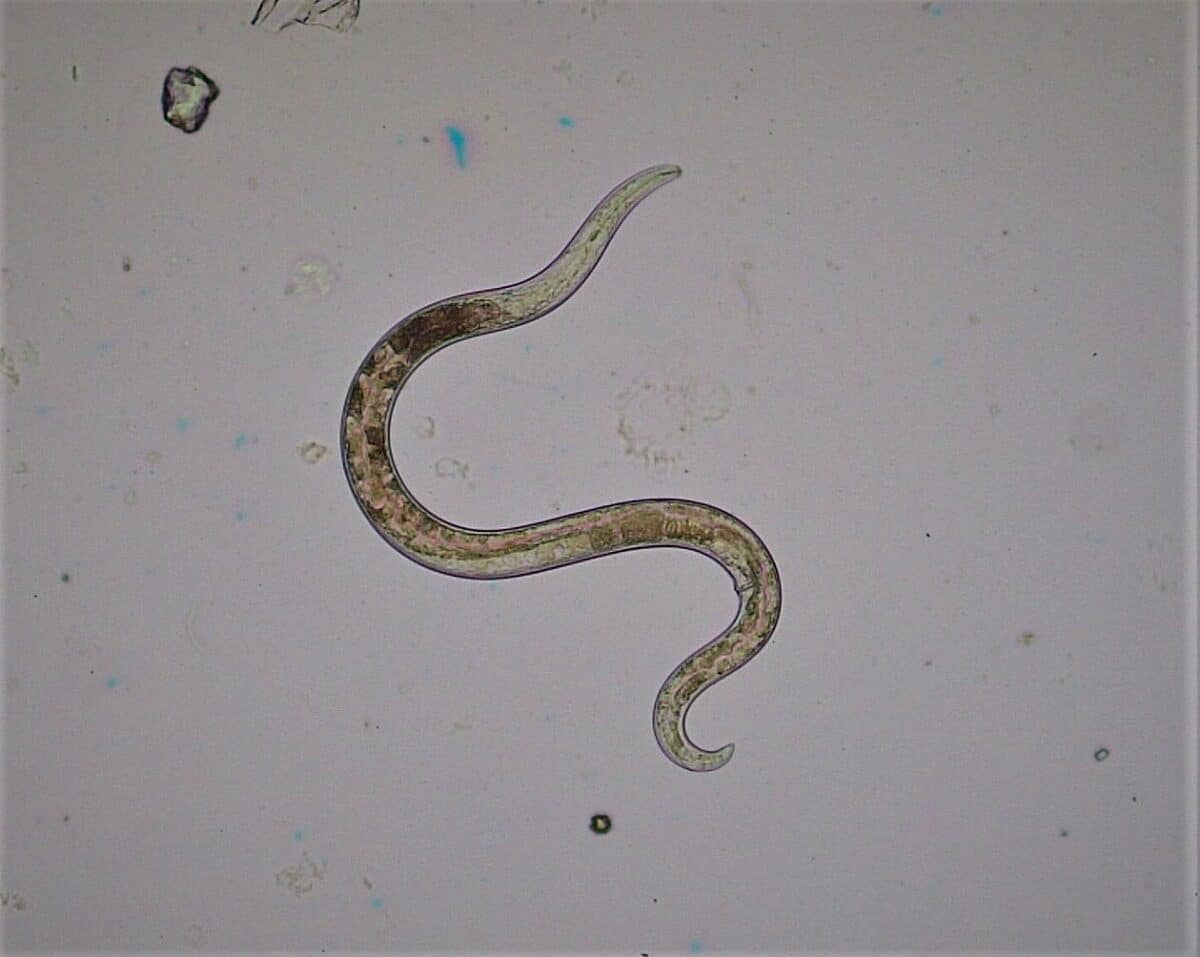
Nematodes, often referred to as roundworms, represent a vast and diverse group of worms. These microscopic organisms are ubiquitous, inhabiting nearly every conceivable habitat, from the deepest ocean trenches to the highest mountain peaks, and even within other organisms as parasites.
While many nematodes reproduce sexually, certain species have adopted an asexual mode of reproduction. These specific nematodes reproduce solely through a process called parthenogenesis. In this method, females produce eggs that develop into new nematodes without the need for fertilization, leading to offspring that are genetically identical to the parent.
18. Mexican Axolotl
The Mexican axolotl is a unique salamander, renowned not only for its distinct appearance but also for its remarkable regenerative capabilities. Native to a few lakes in Mexico, this amphibian stands out with its fringed gills and lizard-like body, often capturing the fascination of biologists and enthusiasts alike.
While the primary mode of reproduction for axolotls is sexual, there have been occasional observations of a rare reproductive phenomenon. In certain instances, axolotls have been documented reproducing asexually through a process known as parthenogenesis. In this method, females produce offspring without the involvement of male fertilization, leading to progeny that are genetically identical to the mother.
19. Strawberry Plants
Strawberry plants are celebrated worldwide for producing the delectable red fruit that has become a staple in many culinary delights. These plants, with their green leaves and white flowers, are as much a treat for the eyes as their fruit is for the palate.
While strawberry plants can reproduce sexually through pollination, they also have a prominent method of asexual reproduction. They produce runners, also known as stolons, which are horizontal stems that grow along the ground. As these runners extend outward from the parent plant, they periodically form nodes that develop into new strawberry plants, ensuring the spread and growth of the species without the need for seed production.
20. Fungi (Certain Species)
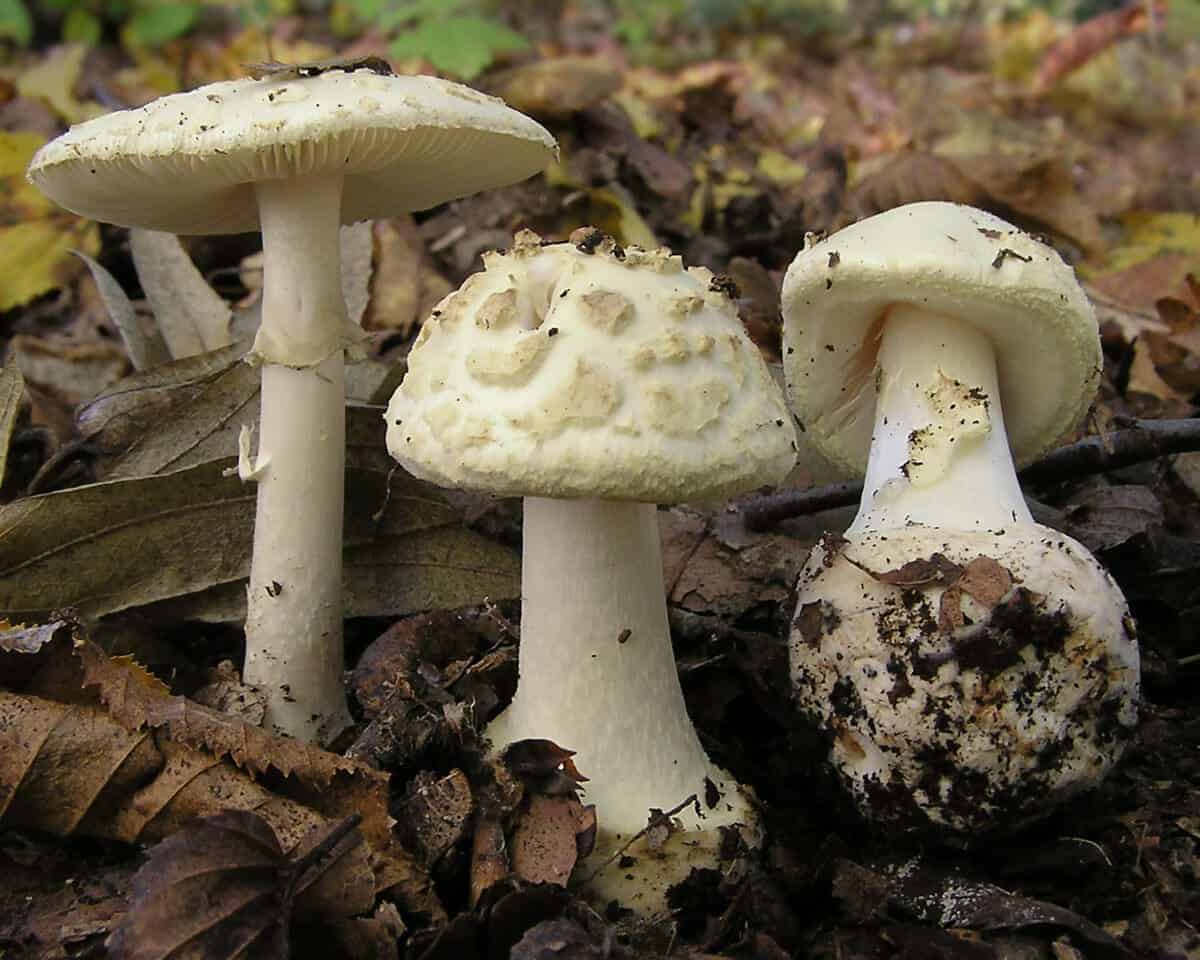
Fungi constitute a vast and diverse kingdom of organisms that encompasses a wide range of life forms, from the microscopic yeasts and molds to the more familiar mushrooms. Distinct from plants, animals, and bacteria, fungi have their own unique cellular structures and life processes.
Reproduction in fungi is versatile, with many species having the ability to reproduce both sexually and asexually. A common method of asexual reproduction among fungi is through the production of spores. These spores, often produced in vast numbers, are released into the environment and, under suitable conditions, can germinate and develop into new fungal organisms, ensuring the propagation and survival of the species.
Conclusion
Asexual reproduction is a remarkable evolutionary strategy that allows organisms to reproduce without the need for a mate. It offers advantages like rapid colonization and adaptability advantages. From the regenerative prowess of the axolotl to the unique reproductive capabilities of the marbled crayfish, nature continues to astonish with its diverse reproductive strategies. These organisms not only highlight the adaptability of life but also challenge our traditional understanding of reproduction. Whether it’s the vast array of fungi that reproduce through spores or the fascinating world of nematodes, these twenty examples underscore the incredible diversity and adaptability of life on Earth.
Glossary
| Word | Definition |
| Progeny | a descendant or the descendants of a person, animal, or plant; offspring. |
| Fragementation | the process or state of breaking or being broken into fragments. |
| Rudimentary | relating to an immature, undeveloped, or basic form. |
| Parthenogenesis | reproduction from an ovum without fertilization, especially as a normal process in some invertebrates and lower plants. |
| Olfactory | relating to a sense of smell. |
| Hybridization | the process of an animal or plant breeding with an individual of another species or variety. |
| Exoskeleton | a rigid external covering for the body in some invertebrate animals, especially arthropods. |
If you enjoyed this editorial, read more on:
10 Animals That Enjoy Having Sex
Top 10 Gay Animals – Exploring Homosexuality
Extraordinary Animal Symbiotic Relationships
- Watch: Komodo Dragon Devours Massive Moray Eel - March 25, 2024
- Watch As Lions Try Take Buffalo Down for Hours - March 12, 2024
- Mysterious Stingray Pregnancy: Is The Father A Shark? - March 12, 2024

